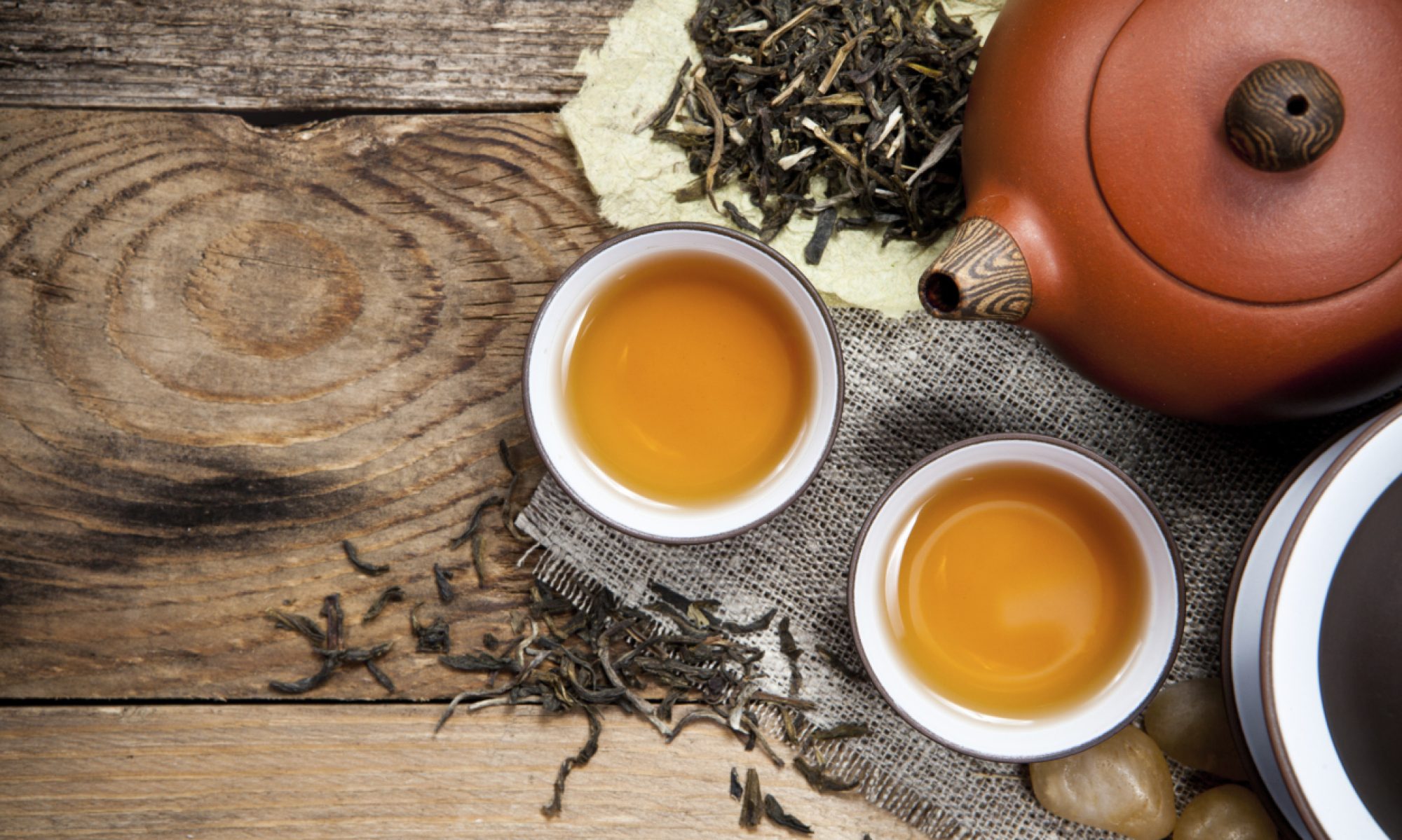Nutrients found in Rooibos
Nutrients found in Rooibos (per 200 ml)
Iron (Fe) – 0.07 mg.
Potassium (K) – 7.12
Calcium (Ca) – 1.09 mg.
Copper (Cu) – 1.07 mg.
Zinc (Zn) – 1.04 mg.
Fluoride (F) – 0.22 mg.
Manganese (Mn) – 0.04 mg.
Magnesium (Mg).— 1.57 mg.
Sodium (Na) – 6.16 mg.
Reference: Info Knowledge—Supplier
Info on Rooibos – Part 2 of 2
This herb plant contains no caffeine unless it is blended with coffee or other blending components.
Rooibos can be drank just like Black tea by adding your milk and sugar to it. Some like to drink it just on its own, but others have placed lemon with the tea.
Brewing Rooibos coffee in the shops in South Africa have created some delicious trends like Red Latte’s, Iced tea versions, Red Cappuccino’s and Red Espresso’s and presented just like Espresso’s in Demi Tasse cups. In several countries like the U.S.A., Australia and South Africa have been brewing up Rooibos tea as an Iced Tea. Blending your own types of drinks with Rooibos is simply endless.
Health conscious people around the world are realizing the benefits of the structure of Rooibos tea like Vitamin C, antioxidants, very low tannic acids, phenolic compounds, Rooibos is known help towards allergies, the digestive system and just plain nervous tension.
References: Suppliers of Rooibos & Wikipedia
Info on Rooibos (Herbal) – Part 1 of 2
Rooibos is part of the legume family and grows in South Africa.
The nice flavor of Rooibos (Aspalathus Linearis) and oddly enough the generic Greek name comes from the plant called “Calicotome Villosa, aspalathos”.
The linear leaves is the structure of the leaves (needle-like) and this is where the word Linearis comes into the plant name.
This tea is not a regular tea but is classified as a Herbal tea. The Dutch are known to call Rooibos as this “Rooibosch”.
In South Africa, Rooibos is grown in the region Western Cape province.
Fermentation Rooibos – the reddish color of the Rooibos has been oxidized and produces a rich flavor. The process is very similar to the procedure of used in Camellia Sensis (Tea). Rooibos (red) can taste like a cup of Vitamins, strong and almost Medicinal or earthy like some Keemun teas.
Un-oxidized Green Rooibos—is more expensive because it is produced same as the Green tea production. The version of Rooibos that is green has a totally different taste and can taste a bit grassy with a malt taste.
In the earlier times of harvesting this herb the plants were damaged because the farmers used axes to harvest the bush and hammers, which left the chopped bush to ferment without using the method of drying them in the sun.
Re-planting the seeds is done in early February and March, then left to grow for a period of 18 months, then the cycle of harvesting begins. The Rooibos plant is then cut & tied and then “milled” to the right size. Placed into rollers to begin the fermentation procedure which brings out the characteristics of the herb. Then processed for Distribution for Export to places around the world.
Reference: Wikipedia & Supplier of Rooibos
Copyright © 2012 Lavendar Cove—Canada
